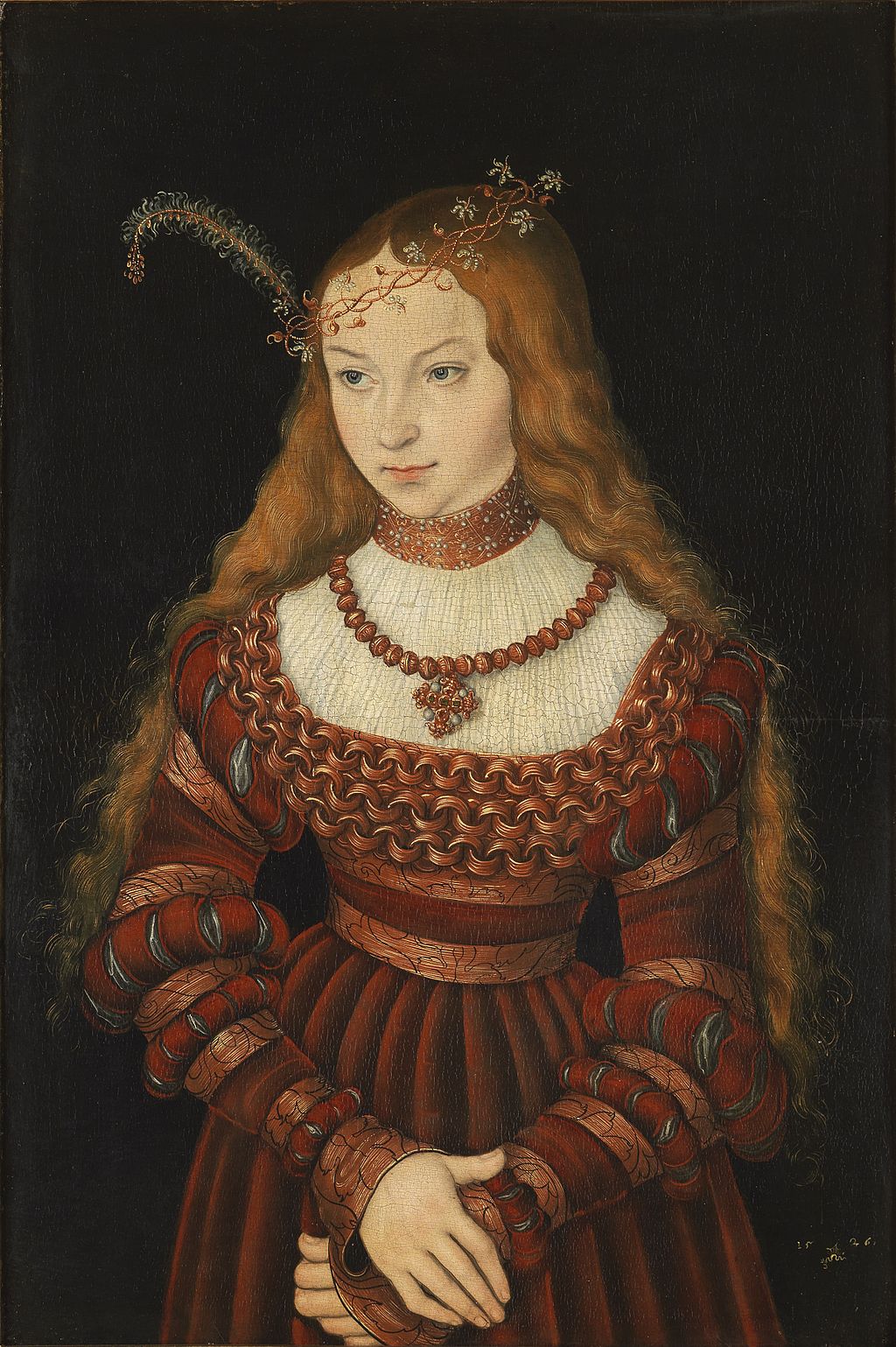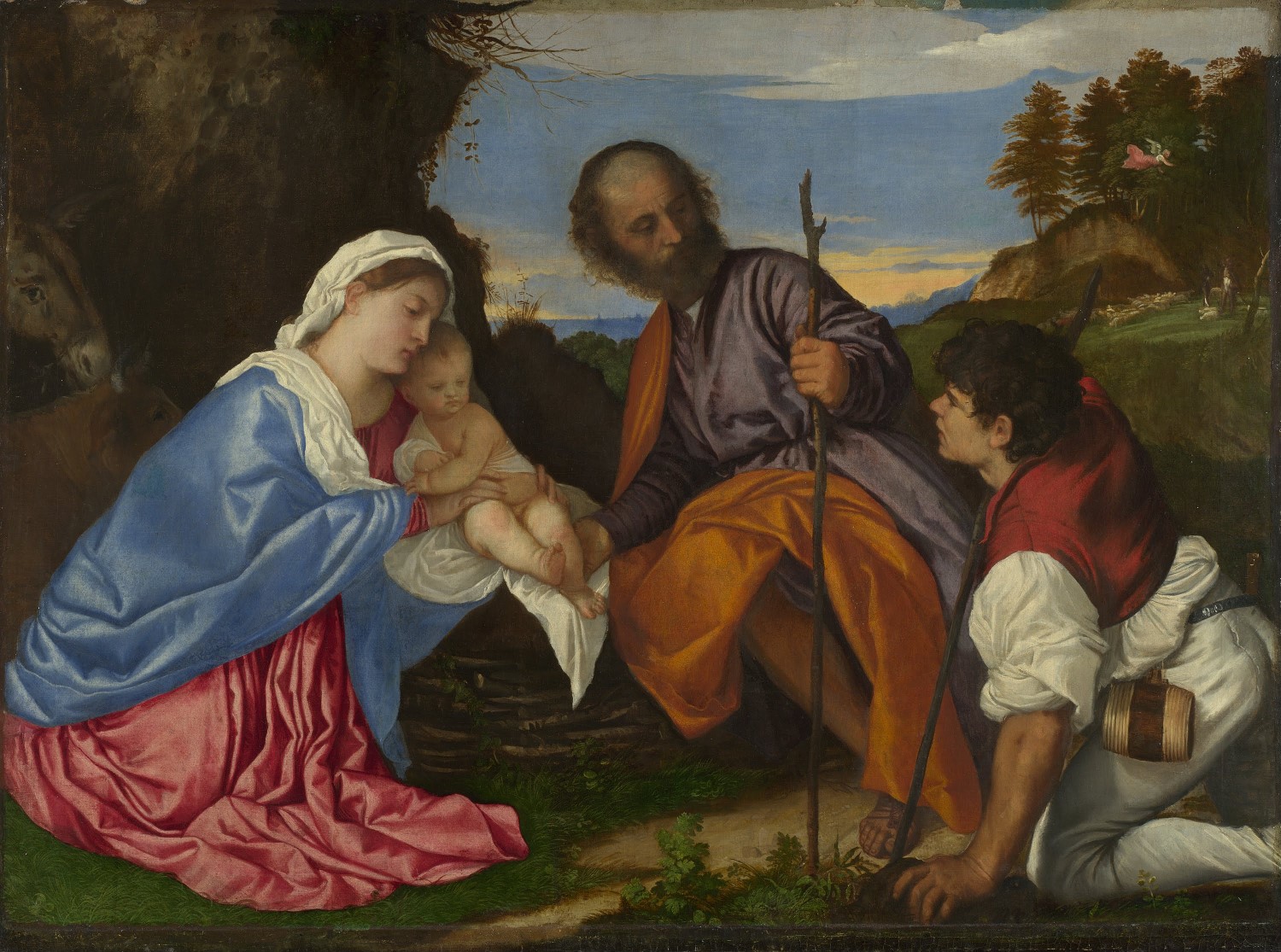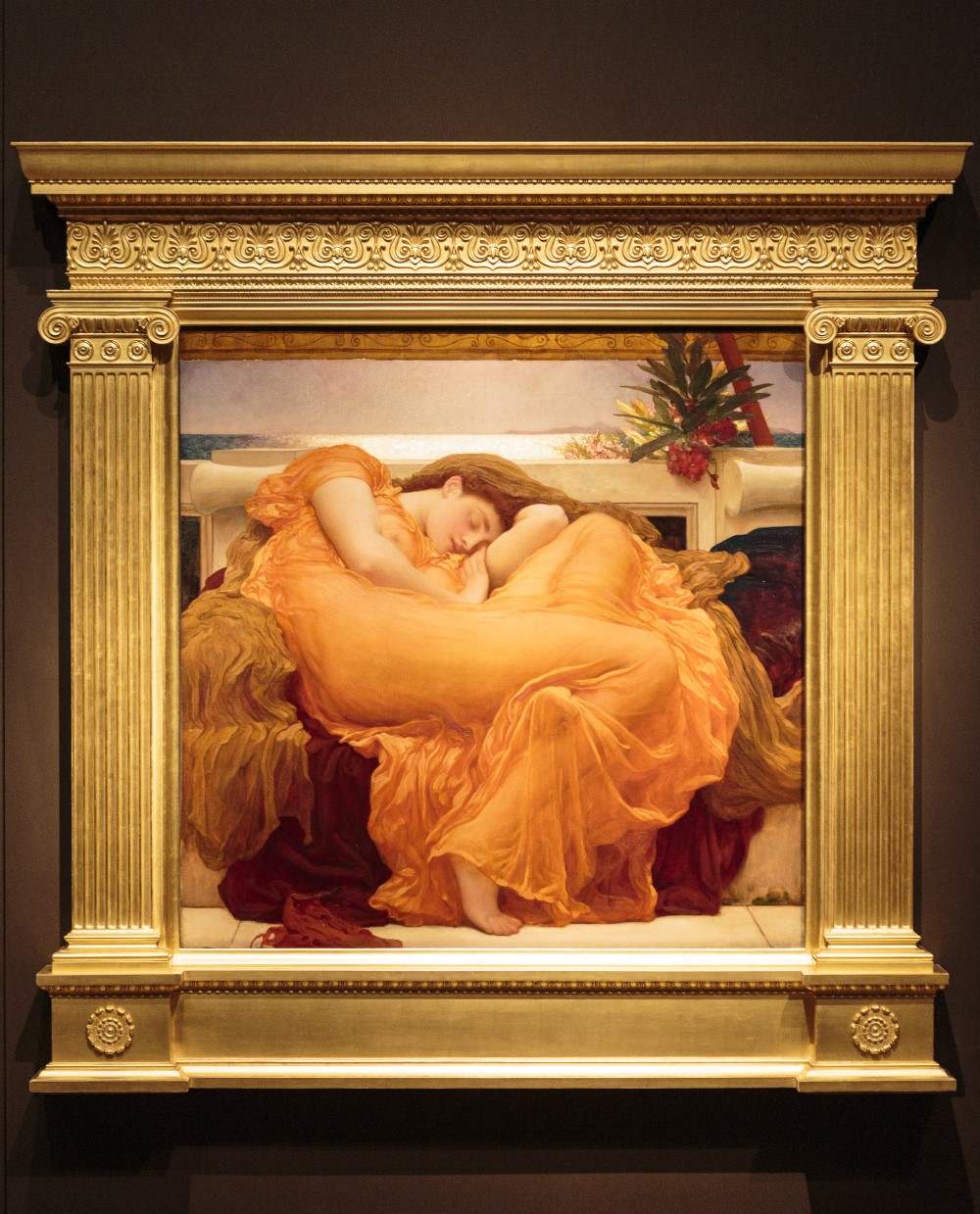
My daughter Athena recently started to eat solid food. Or rather, she started to allow her mother and me to spoon into her mouth various kinds of puree—some of which she ingests, though a large percentage is spat out, smeared on anything she can reach or allowed to slither down her pelican bib.
By the time Athena has finished a meal, the kitchen table resembles a drip painting—not so much a Jackson Pollock as, say, one of Joan Mitchell’s more frenzied works. I’m aware that the term “drip painting” is misleading. I’m aware, too, that comparing my child’s mealtime detritus to the creations of a significant abstract artist risks seeming conceited or disrespectful. Nonetheless, it’s Joan Mitchell who occurs to me, because her paintings have an air of chaos half-contained. They’re at once festive and furious.
A single example swims into view: her diptych Merci (1992), in which one panel features a ghostly orange swirl and the other a flustered orange scribble. It may be that my thinking of Mitchell is influenced a little by recalling a detail of her stormy marriage to the publisher Barney Rosset: an episode when, goaded about her weight by him while dining with critic John Gruen, she flung a tangerine, which splatted on the freshly painted wall of Gruen’s new Bleecker Street apartment.
“I’m reminded, as I peel some sweet potatoes, that Francis Bacon’s favourite colour was orange. When he died, twenty-nine jars of cadmium orange pigment were found amid the disarray of his South Kensington home”
Athena doesn’t fling food—yet—and is more of a flipper, dumper or lobber. Blueberries, it’s no shock to learn, are very lobbable. But so are segments of larger fruit (including, yes, a tangerine), and so are little pellets of parsnip. Post-meal her face is plastered with goo, and, when I clear up the mess, I discover in unlikely places the remnants of previous feasts. Weaning is an education: only in the last few weeks have I found out how tenacious a carrot stain can be.
For the time being, Athena favours orange foods: besides carrot, she’s keen on sweet potato, apricot and mango. Oranges themselves she has so far only played with—too acidic. Their moment will come. At first she was suspicious of green foodstuffs, especially avocado, and dismissive of most others; banana met with something approaching hostility and so, less surprisingly, did broccoli. She has quickly grown more catholic in her tastes, but nothing beats the orange edibles.
I’m reminded, as I peel some sweet potatoes, that Francis Bacon’s favourite colour was orange. How many Bacons have orange backgrounds? I don’t particularly want to be thinking about Bacon before I’ve had my breakfast. I don’t want to be thinking about his paintings when I’m supposed, post-potato, to be washing up an assortment of bibs, cups, little spoons and bowls. Bacon liked to work with a hangover because it made his mental processes more clear, and that’s another thought I’d prefer not to be entertaining.

Still, his studio is an apt point of reference, what with its colours mixed in baking trays, its strange daubs and dribbles and accretions, the cutlery caked in paint, the crusty brushes in empty cans of Libby’s orange juice and the old baked bean tins in which he soaked sundry implements. I’m impressed by the information that, when he died, twenty-nine jars of cadmium orange pigment were found amid the disarray of his South Kensington home.
“Weaning is an education: only in the last few weeks have I found out how tenacious a carrot stain can be”
Later, as my wife Tess is strapping Athena into her high chair and coaxing her into her protective mealtime clothing, I make a note to look at a Pantone colour chart. I don’t call one up until afterwards, preferring to watch studiously as Tess pilots spoonfuls of food into our daughter’s mouth. When I try to copy her technique, I can’t match her competence, and an attempt to nudge a rejected morsel onto Athena’s tongue results in a sharp encounter with her two tiny teeth.
Finally alone with the colour chart as Athena has a post-prandial nap, I am drawn to the orangey shades. But no, that’s not true; I am looking for them. The names have a certain poetry: Amber, Zinnia, Bird of Paradise and Iceland Poppy. As do the different types of orange: Valencia, Jaffa, Hamlin, Parson Brown. And the different types of orange fruit: peach, nectarine, cantaloupe, pumpkin, kumquat, papaya. And the different types of orange things: Athena’s cheeks, Athena’s fingers, Athena’s sleeves, Athena’s trousers…

Who, aside from Bacon, are art’s connoisseurs of orange? Titian is said to have had at his disposal a range of pigments unusually large by Renaissance standards, and among these was what has been described as the period’s one true orange. This was realgar, a toxic mineral that, according to science writer Philip Ball, first became available in Venice when Titian was a child. He also used orpiment, a mineral that’s a more yellowy shade of orange. Another of orpiment’s devotees was Lucas Cranach the Elder, who had ready access to it because he owned a pharmacy. It’s a feature of his portraits: of the teenage Sibylle of Cleves, for instance, and the man she married, Johann Friedrich I, Elector of Saxony.
I summon up images of orangeness: Frederic Leighton’s Flaming June, in which the slumbering figure’s orange drapery seems to melt before our eyes, and Matisse’s The Dance with its circle of red-orange figures. The poet Guillaume Apollinaire wrote that “If we had to compare Henri Matisse’s work to anything, we would have to choose an orange. Like the orange, Henri Matisse’s work is a fruit bursting with light.”
Of course, when I see a dollop of pureed apricot on the kitchen table, The Dance and Flaming June aren’t the first things that come to me. Instead I weigh up eating the glob of apricot myself, wonder whether I should clear it away now or wait till the meal is done, visualize a future Athena who will be better at getting the food in her mouth, and consider the likelihood that I was fed apricot puree as a baby.
But the mind wanders. One moment I’m musing on the chances that Athena would eat a marigold, the next I’m thinking of the Saul Bass poster for Alfred Hitchcock’s Vertigo. Or of Jeff Koons’s Balloon Dog—the orange one that sold for nearly $60 million a few years ago. I may not readily be able to find a rhyme for the word “orange”; after some investigation, I learn of the obscure “sporange”, a term for a plant’s spore-containing sac or pod. Yet as I wipe down another orange-smeared surface, I can imagine writing a poem in which the shortage of such rhymes is an opportunity to torment myself with repetition.




